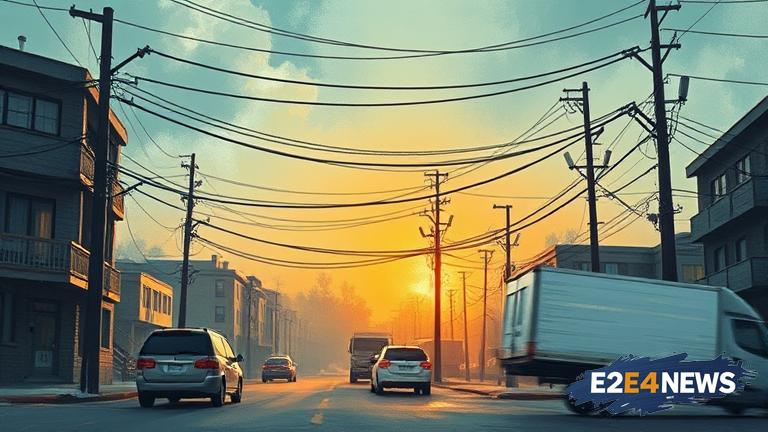The recent surge in utility bills has left many residents in Central New York scratching their heads, wondering why their delivery charges are so high. Upon closer inspection, it becomes apparent that these charges are not just limited to the cost of delivering electricity or gas to their homes. In fact, the delivery charge on a typical utility bill encompasses a wide range of costs, including the maintenance and upkeep of the utility company’s infrastructure, such as power lines, substations, and pipelines. Additionally, these charges also cover the cost of meter reading, billing, and customer service. However, what many consumers are not aware of are the hidden charges that are often tucked away in the fine print of their utility bills. These charges can include fees for things like energy efficiency programs, renewable energy initiatives, and even taxes on the utility company’s profits. Furthermore, some utility companies also charge their customers for the cost of complying with government regulations, such as those related to environmental protection and consumer protection. As a result, the delivery charge on a utility bill can quickly add up, leaving consumers feeling frustrated and confused. To make matters worse, these charges are often not clearly explained, making it difficult for consumers to understand what they are paying for. In some cases, the delivery charge can account for as much as 50% of the total utility bill, leaving consumers wondering if they are being taken advantage of. The high delivery charges are not just limited to residential customers, as businesses and industries are also feeling the pinch. In fact, some businesses have reported seeing their utility bills increase by as much as 20% in the past year alone. The impact of these high delivery charges can be significant, causing some businesses to reconsider their operations and even consider relocating to areas with lower utility costs. Meanwhile, residents are being forced to make tough choices between paying their utility bills and other essential expenses, such as rent or mortgage payments, food, and healthcare. As the debate over high delivery charges continues to heat up, consumers are calling on utility companies to provide more transparency and clarity on their billing practices. In response, some utility companies are starting to take steps to educate their customers about the various charges on their bills, including the delivery charge. However, more needs to be done to address the issue of high delivery charges and ensure that consumers are not being unfairly burdened with excessive fees. Ultimately, it is up to consumers to demand more transparency and accountability from their utility companies, and to push for reforms that will help to reduce the financial burden of high delivery charges.
